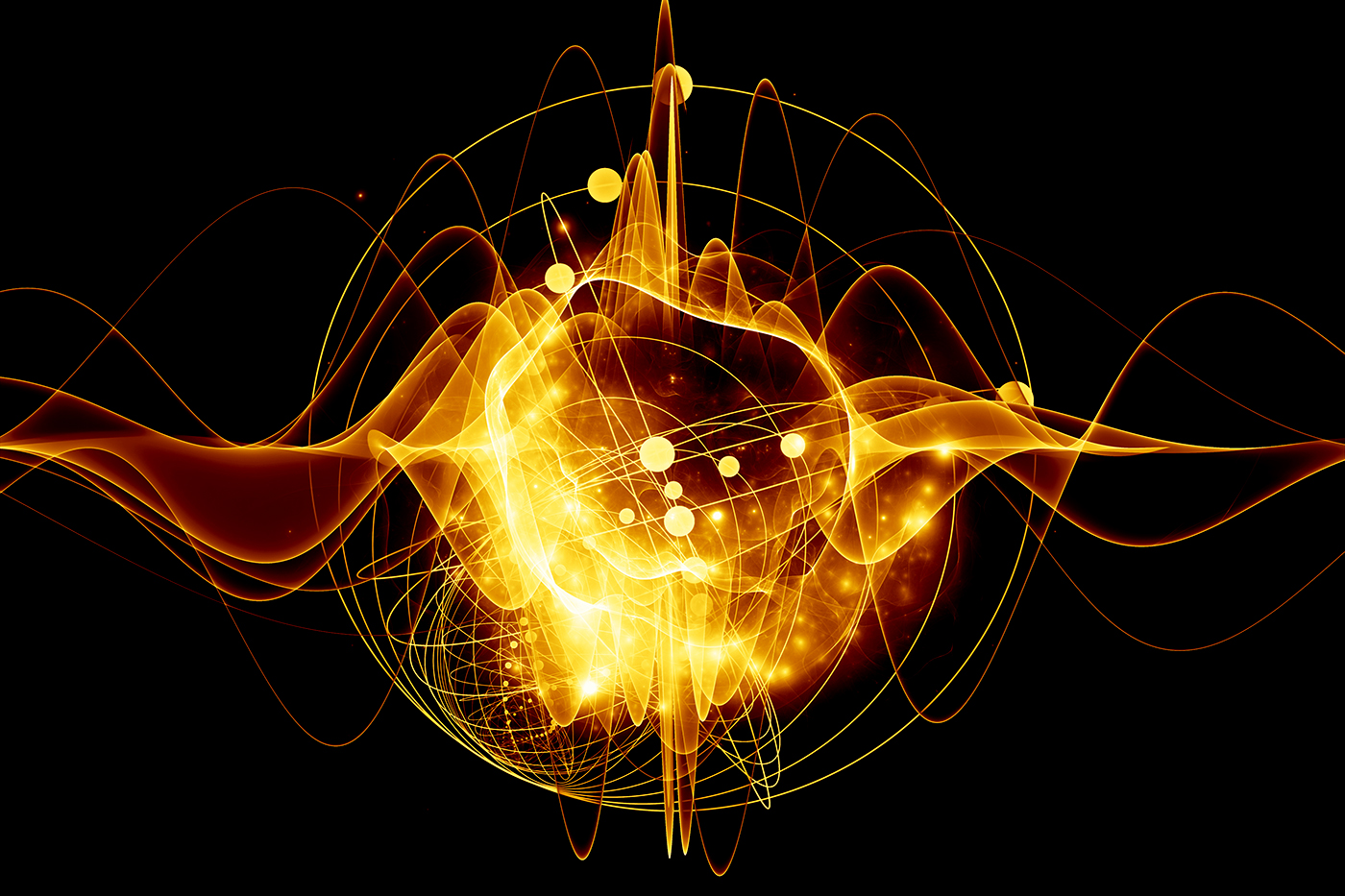Researchers at Northeastern have discovered a new quantum phenomenon in a specific class of materials, called antiferromagnetic insulators, that could yield new ways of powering “spintronic” and other technological devices of the future.
The discovery illuminates “how heat flows in a magnetic insulator, [and] how [researchers] can detect that heat flow,” says Gregory Fiete, a physics professor at Northeastern and co-author of the research. The novel effects, published in Nature Physics this week and demonstrated experimentally, were observed by combining lanthanum ferrite (LaFeO3) with a layer of platinum or tungsten.
“That layered coupling is what is responsible for the phenomenon,” says Arun Bansil, university distinguished professor in the Department of Physics at Northeastern, who also took part in the study.
The discovery may have numerous potential applications, such as improving heat sensors, waste-heat recycling, and other thermoelectric technologies, Bansil says. This phenomenon could even lead to development of a new power source for these—and other—budding technologies. Northeastern graduate student Matt Matzelle and Bernardo Barbiellini, a computational and theoretical physicist at the Lappeenranta University of Technology, who is currently visiting Northeastern, participated in the research.
Illustrating the teams’ findings requires considerable magnification (literally) to observe the world of atomic-scale particles—specifically, at the nano-lives of electrons. It also requires an understanding of several properties of electrons—that they possess something called “spin,” have a charge, and can, when moving through a material, generate heat flow.
Electron spin, or angular momentum, describes a fundamental property of electrons defined in one of two potential states: Up or down. There are many different ways these “up or down” spins of the electrons (also thought of as north-south poles) orient themselves in space, which in turn gives rise to different types of magnetisms. It all depends, Bansil says, on the ways atoms are patterned in a given material.
Read more on News@Northeastern.
Photo by Getty Images.

